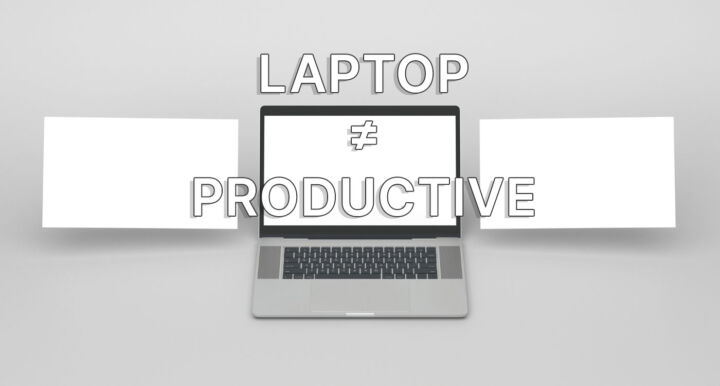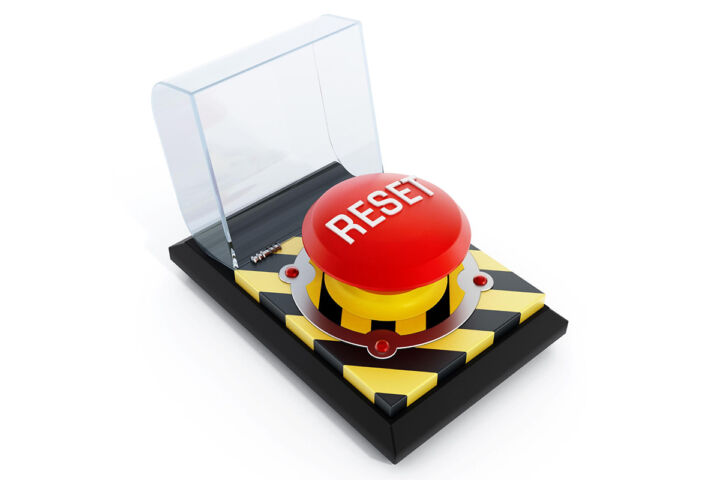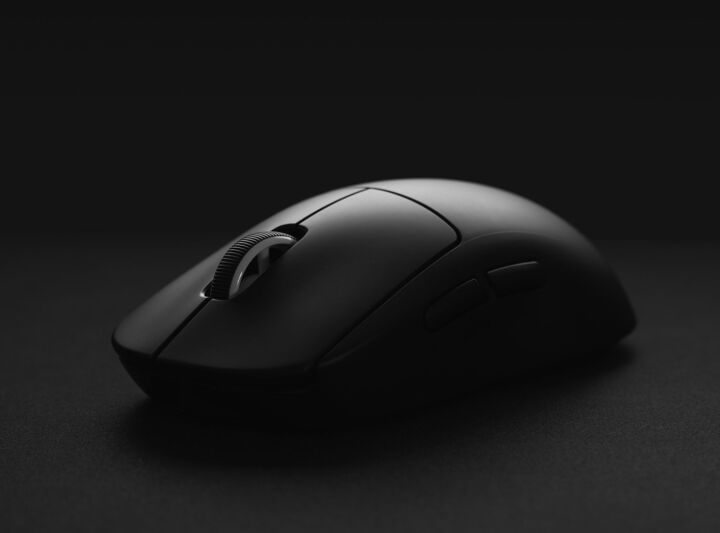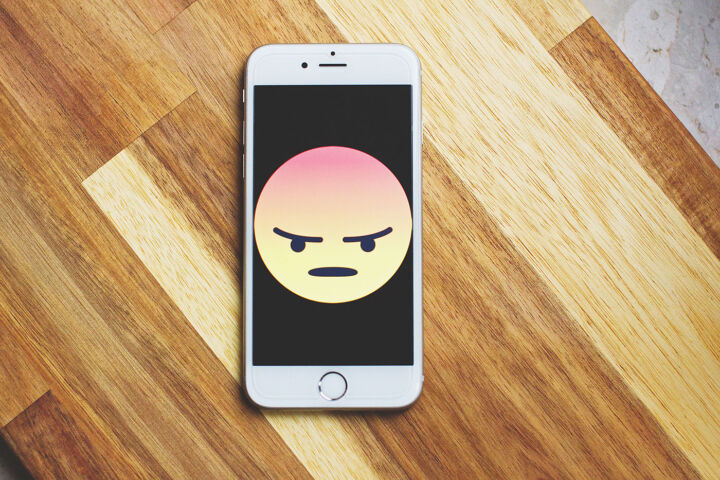As the European Union announced a proposal to require all future phones and small electronic devices to charge via USB-C people seem divided on this, some citing it will lead to lack of innovation, others saying it’s the best thing for the environment.
I would lie if I said I’m going to settle this once and for all, so don’t read my opinions hoping to get a complete view of the situation. I’m only talking from my perspective as a customer. Things are more nuanced, and there are a lot of things to consider.
There’s the manufacturing perspective to consider, the financial aspect, the environmental impact. Even serious analysts can get it wrong, so we’re just all trying to predict what happens next.
I don’t know if you had any of those Nokia phones back in the early 2000′. You almost had a different barrel plug for each new model. There were special cables split at one end into five or six types of plugs. That was just to cover Nokia phones, mind you. That was not necessarily a problem, since everyone owned a Nokia back then. They were the Xerox of mobile phones, or feature phones, as we call them now.
Android phones almost jumped directly to micro USB, a standard which held for over 10 years. It’s one of the worst connectors. You never know how to plug it correctly in the dark and it’s a miracle I hadn’t broken any port in all these years. I still own a couple of older devices that use micro USB, but pretty much anything I’ve bought recently has made the switch to USB-C.
iPhones had that ugly and big 30-pin connector for a few years, then switched to Lightning, which is still in use today but only on the iPhone. Apple moved to USB-C on all their devices, except the iPhone. I’m on the camp that believes Apple is just milking the cow with their Lightning licensing fees, but maybe there’s another side to this story.
Just kidding, it’s just the money involved here that is preventing Apple from switching anything to USB-C. It’s a shame, as they could have been the pioneer of everything USB-C.
This gets me to the consumer perspective, after a very long introduction. I only have one Apple device right now, an iPad Mini 2, which is only used for reading, so the charger sits nicely in the nightstand drawer.
Other than that, everything I use charges via USB-C or the dreadful micro USB. I’m not eager to get rid of those devices, as it would be stupid to replace things that I appreciate and work perfectly fine just because I need to carry a second cable with me.
I want to plug my device into any charger without having to worry about anything
In time I’m sure the new devices I’ll buy will come with USB-C and that will solve the cable issue. It will also solve the charging, as everything will (hopefully) switch to PD (Power Delivery). Maybe this way we won’t miss the lack of a charger in the box, another shady practice, if you ask me.
Right now almost all phone manufacturers use different charging methods to achieve fast charging (using other charges will work, but will charge significantly slower), but when PD will be able to supply 240 Watts from one cable I’m sure it will become the de-facto standard, not just for phones and smaller electronics, but also powerful gaming laptops.
Plus, USB Type-C can carry data from different protocols (see Intel’s Thunderbolt), it is super fast with a USB 4.0 implementation (up to 40 Gbps), and can also transport audio and video streams. It’s not only versatile but also reversible with strong mechanical characteristics.
So, what I’m trying to say is that the UE has picked a great port. I understand the complaints if they would have picked something like Lightning, but joking aside, they did kind of went with the flow of the industry and current user preference, and that’s to be admired.
How is that the lack of innovation, as I keep hearing from those opposing the historic EU move? It surely is convenient for consumers to use only one type of cable and one type of connector.
I’m sure other governments will follow soon because it makes sense, both for users and for the environment.
Unfortunately, imposing USB-C as the only connector doesn’t mean the current confusion about the transfer speed of a cable, or the video/charing capabilities of the USB Type-C port will get solved, despite recent efforts.
That’s currently my biggest gripe when it comes to USB-C. Not all cables work properly with all devices and it’s hard to know what a laptop port is capable of just by looking at it, without reading the manual.
Maybe full-scale adoption of the USB-C port will solve these issues. Honestly, I don’t know if this will happen.
What I do know is that I want to plug my device into any charger without having to worry about charging speed or asking myself “Will it charge?“. That’s all I want.
Maybe USB 4 v2 will help me here.







